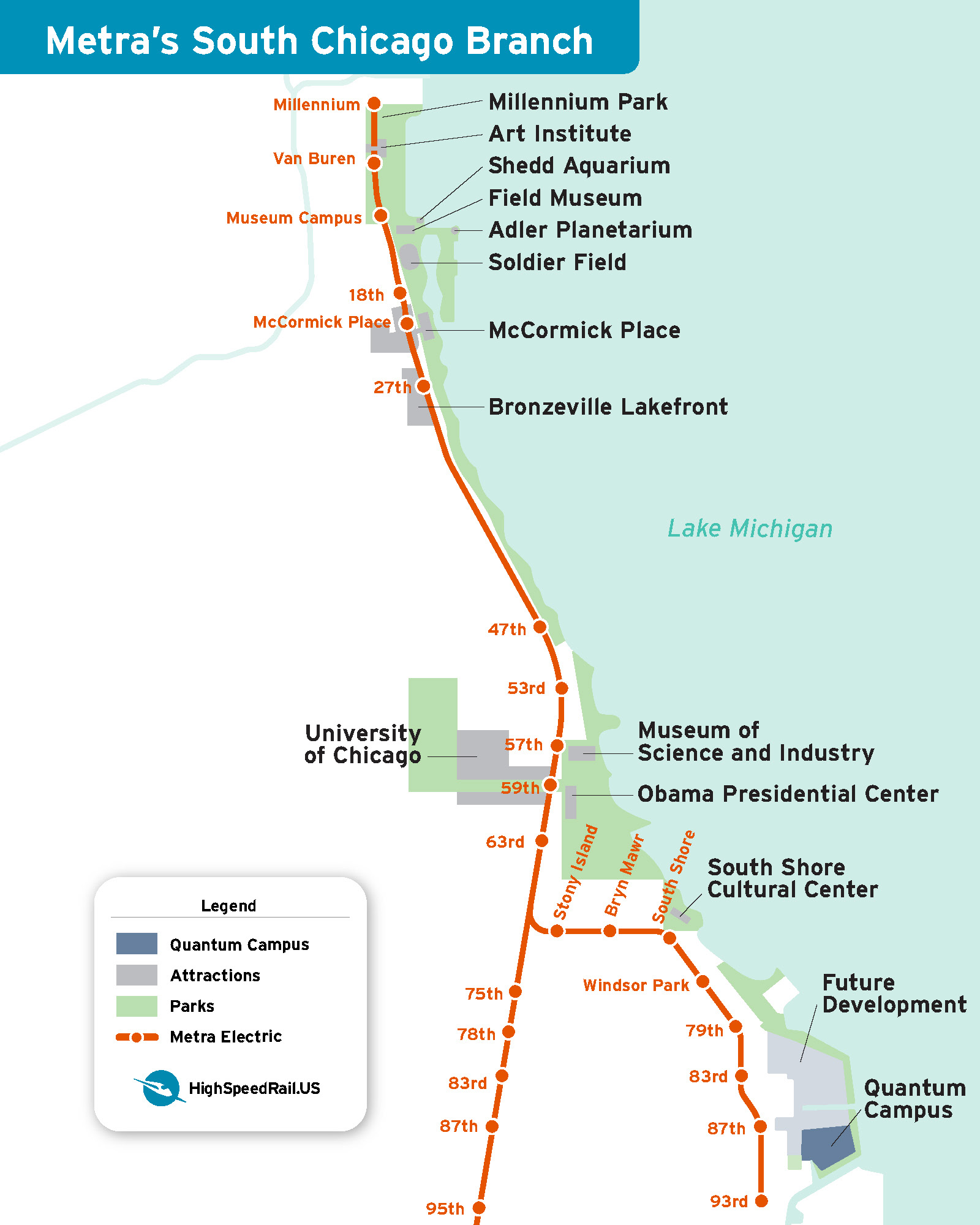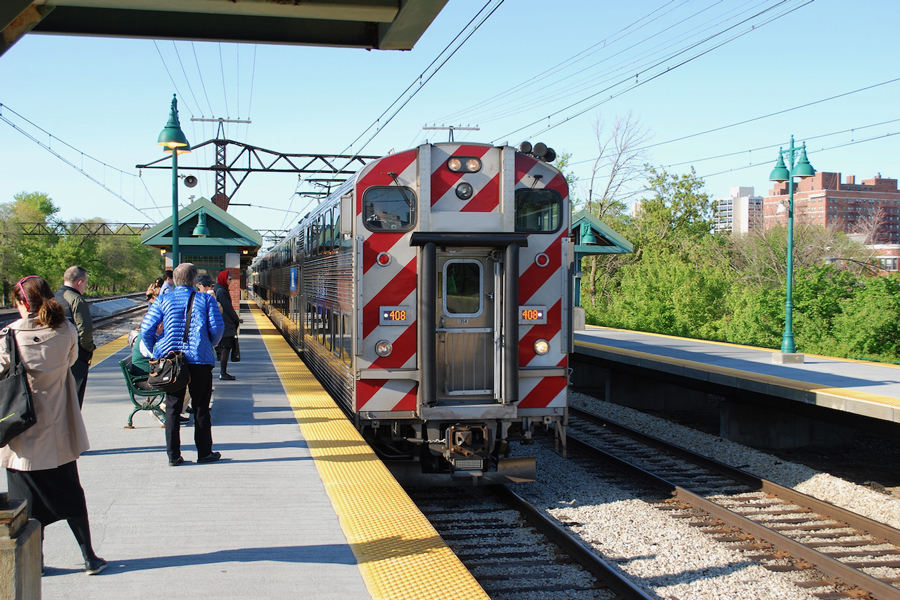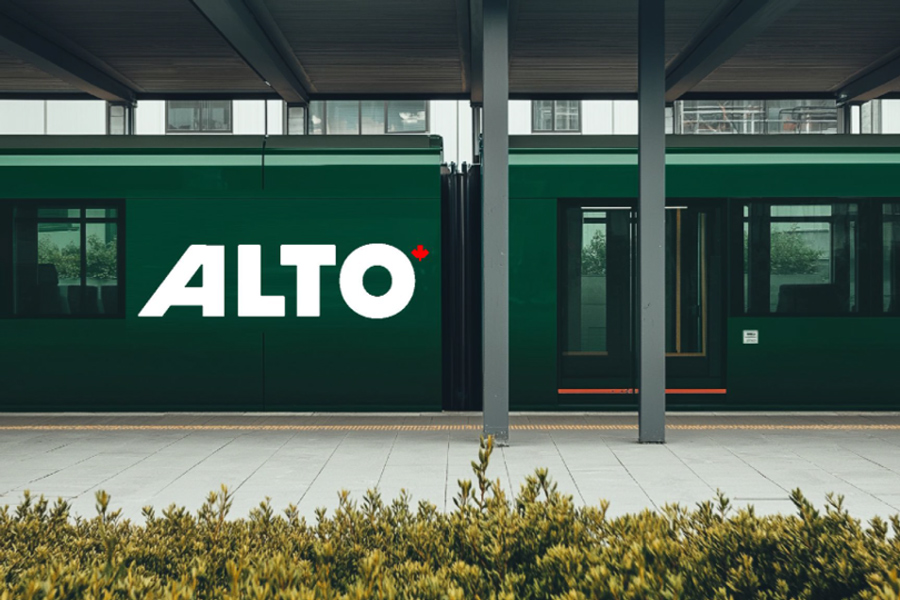An order for new coaches is needed now Guest post by Jim Anderson Amtrak trains operating out of the Chicago Hub are so popular that seats are becoming scarce. This is the kind of problem we like to have, rather than slack demand. Solutions won’t come quickly, but we...
Why a better Metra is key to quantum computing in Illinois—and high-speed rail in the Midwest.
This week, Crain’s Chicago published our piece about the push by Illinois to support the Illinois Quantum and Microelectronics Park, which aims to make the state a global leader in the quantum computing space. Last year, the Illinois General Assembly approved $700 million in investments in the park, to be built on Chicago’s South Side.
Illinois Gov. JB Pritzker said on a podcast recently that Quantum Park will be located near the University of Chicago and “run by the University of Illinois, with the input of Northwestern University, not to mention the other Midwestern greats like the University of Wisconsin (Madison), Purdue, etc. Bringing all that together means we’ll beat China at this.”
We write in Crain’s that it’s “madness” to invest so heavily in a technology park designed to promote collaborations—yet rely on a commuter-rail system (Metra) that’s antiquated and badly underutilized.
For Illinois to be a serious player in the quantum computing realm, Metra must become electrified regional rail. That is, it should serve all kinds of people—students, workers, shoppers—with departures every 10 minutes. It should run all through the day, not just during rush hours. It should be electrified. And key lines should connect with major regional institutions.
A modernized Metra—with fast, frequent, and low-emissions trains—will open up all kinds of collaborative possibilities for Quantum Park. And, by seamlessly connecting all parts of Chicago with each other—as well as the suburbs and the region—it will give Chicago the world-class transit system it needs to thrive in the 21st century.
Two key, related points deserve more elaboration.

The Metra Electric connects directly to the proposed Quantum Campus.
Chicago first—then the Midwest
The first is that Metra is perhaps the most valuable—yet undervalued—asset in any American city.
Take a good look at the map above, which shows the South Chicago Branch of the Metra Electric line in relation to Quantum Park. The line’s 87th Street stop is just a couple of blocks from the campus, which is why Metra can easily connect Quantum Park with major regional universities. The Electric line could be extended to the University of Illinois, and Metra’s UP-Northwest line could be extended to the University of Wisconsin’s flagship campus in Madison.
But notice, too, how many key institutions and assets the Electric line and its South Chicago Branch serve—from Millennium Park and the Art Institute to the north to the Museum of Science and Industry and the future Obama Presidential Center to the south.
Along the way, they also serve some of the city’s densest middle-class neighborhoods, as well the culturally rich neighborhoods surrounding the University of Chicago.
Cities across the U.S. (and the world) go to extraordinary lengths—and spend big money—to build regional rail lines that connect their residential, cultural, and economic engines the way the Electric line already does. Yet it offers only slow, sparse service.
It can—and must—become the equivalent of a CTA line, with fast trains running every 10 minutes all through the day, every day. And that must happen as part of a broader reinvention of the entire Metra system as regional rail.
As we write in Crain’s, Illinois must “move away from transportation that’s stuck in the twentieth century—i.e., ancient commuter-rail systems, congested and dangerous roads, environmentally disastrous regional flights.” Concretely, that means the Illinois General Assembly must approve $1.5 billion in transit investments when it reconvenes this fall.
The second key point is that Metra reinvention as regional rail isn’t only about Metra. The big-picture point is to build the foundation for a network of high-speed trains across the Midwest—starting in Chicago, the railroad hub of not just the Midwest but the nation.
Much of the track and other infrastructure work needed to reinvent Metra will be required for high-speed trains as well. And reinventing Metra as regional rail will raise the bar for train service. The truth is that most Americans have only ever experienced mediocre to poor train service—at best. A reinvented Metra will raise the expectations of the tens of millions of people who live in or visit this region.
So it’s a near-term win. And it’s a long game. Metra as world-class regional will not only help Chicago compete on the global economic stage. It will create the foundation for a high-speed network that connects and transforms the entire Midwest over the coming decades.

A closer look at how the Metra Electric and bus lines connect to the proposed Quantum Campus.
Transit Funding is Coming Down to the Wire
Send an email. Tell Springfield to fund Metra before it’s too late
The Latest from HSRA
Our Latest Blog Posts
Check out the latest news, updates, and high speed rail insights from our blog!






